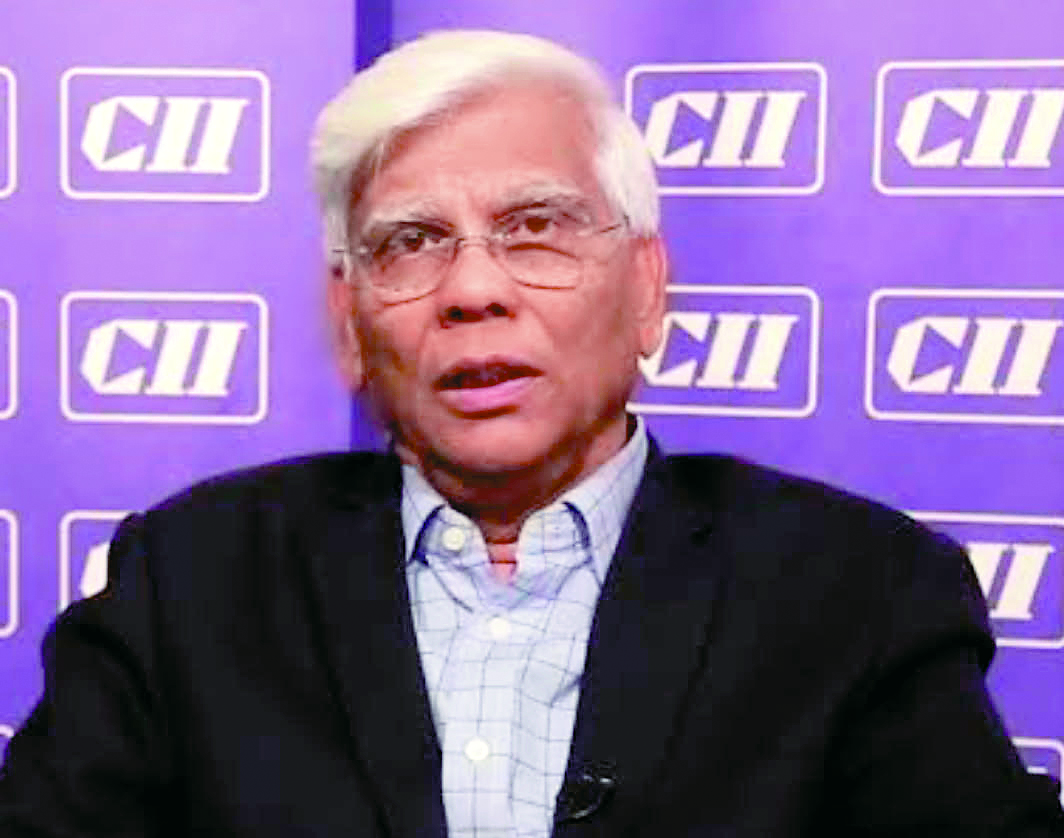Do you think the amount allocated for the MSMEs is adequate for the companies in the backdrop of the hit?
Yes, the micro, small and medium enterprises (MSMEs) have received major relief in the form of a tailor-made stimulus package offered by the Narendra Modi government. Also there are no significant MSME requests in recent weeks to enhance the extent of working capital granted by the Banks that would indicate that the current provisions are inadequate.
How do you see the process of loan disbursal by banks after government’s stimulus package?
So far the information seems to indicate that banks have not been able to fully disburse the funds due to lack of demand. There are also reports that MSMEs are not availing of the deferment of EMIs. While some of this is related to the cost of deferment due to elongation of the payback period, it also indicates that cost of funds rather than shortage of funds is of greater concern. In other words, the problem of shortage of available funds is not the primary concern of MSMEs today.
There are news that banks are eager to meet the disbursement targets, but this may also lead to loosen credit standards and they would be keeping a check on their asset quality track record. In few cases, the banks are even identifying borrowers with a bad repayment.
Many entrepreneurs have complained of red tape while applying for loans from Public Sector Banks (PSBs) and other agencies. Despite these loans being guaranteed by the central government a long list of documents is being demanded from the loan seekers just to discourage them. Your views.?
I have not heard of any such complaints, or such apprehensions been expressed. For the most part, the scheme to automatically enhance the working capital sanction by 20 per cent, with borrowers requesting for enhancements not to be done, seems to be working.
Do you think the scheme will add to Non-Performing Assets (NPAs) of banks as demand side revival may take a long time? When do you expect normalcy to return in the economy?
Based on guidelines issued by SBI, and similar guidelines by other Public Sector Banks the loans are not being given to those with a ranking of SMA2 and below on Feb 29, 2020, or those having a default exceeding 60 days pre-COVID crisis. This exclusion should screen out borrowers already in financial trouble even without the hit from the crisis. The balance borrowers being viable in “normal” times can be expected to bounce back to health within a few months of situation returning to Normal.
As per an article in Bloomberg on June 11, 2020, the Finance Ministry sources have said that by June 5, 2020, the state-run banks had sanctioned `17,706 crore worth of collateral-free loans under the Emergency Credit Line Guarantee Scheme (ECLGS) according to data from the Finance Ministry. According to finance ministry data, State Bank of India, Punjab National Bank, Union Bank of India, Bank of Baroda and Canara Bank have sanctioned the highest amount of ECLGS loans till date.
The article further quotes CS Setty, Managing Director at State Bank of India, which has the largest sanctions, said the bank has been able to identify and contact 8.14 lakh eligible borrowers, all of whom were sent SMSes and offer letters starting from the beginning of this month. Over one lakh customers have given their consent and loans aggregating `12,905 crore have been sanctioned. Disbursements, amounting to `7,030 crore have gone to 60,674 MSMEs. As per Shetty, disbursement may be lower now as some borrowers may want to utilise the limits as they need and SBI has given the borrower the option to withdraw the money in tranches over time.
As CII, we are hopeful and confident that this package will serve the desired purpose. CII has contributed a lot through recommendations submitted and the central government has been kind enough to cater to the needs of majority in the sector. The key pain points of the industry have been well addressed keeping in view the long term effects.
This will not add to the bank NPA as due to the stricter norms of CIBIL ratings and banking norms, the entrepreneurs are cautious enough to misuse the credit facility availed and for that reason obviously, many are not availing increased credit facilities. It is true that demand side revival will take longer duration to catch up, more specifically luxury segment. Therefore this should not be significant.
Ratan Tata has shared his opinion that to forget FY 20-21, the dynamics of business will change post COVID. Many existing business models will get wiped out and a few new business models will evolve. Many businesses will recover in FY 21-22 and a few business models will become a habit like video conferencing. Such business models may require enough moratorium and hand-holding support and economic package for retention. A few of these sectors include hospitality, entertainment, branded clothing and luxury items.
Which are the sectors in the MSME segment that will benefit the most from the PM’s package and why?
The small and medium sectors should benefit more than the micro sectors, which may not have pre-existing formal Banking relations. This should encourage such micro enterprises to also enter the formal sector. Service sector, particularly related to e-commerce and delivery and logistics should benefit most from the revival of demand with cash flows supported by the PMs package. MSMEs who are part of FMCG supply chains should also benefit from early revival of demand. In terms of industry segments, the tourism, travel, hard goods, and auto industry supply chains may not benefit due to lack of demand.

